Drape the Light of Tradition: Famous Silk Sarees That Define Deepavali Elegance
As the golden lamps of Deepavali illuminate homes across India, they also spark a celebration of color, texture, and timeless artistry. No festival captures the grandeur of Indian textiles quite like Deepavali — a time when women embrace the beauty of silk sarees that shimmer with the spirit of festivity. From the royal weaves of Kanchipuram to the intricate artistry of Banarasi and Pochampally, each saree tells a story — of heritage, craftsmanship, and eternal elegance.
From the temple town of Kanchipuram comes the queen of festive drapes — the magnificent Kanchipuram silk saree. Woven with pure mulberry silk and enriched with zari made from silver and gold threads, these sarees are known for their contrasting borders, temple-inspired motifs, and divine sheen. Each drape captures the essence of prosperity and tradition, making it the preferred choice for Deepavali pujas, family gatherings, and grand celebrations. Their rich hues — deep maroon, royal blue, emerald green, and gold — symbolize wealth and auspicious beginnings, reflecting the timeless charm of South Indian heritage.
From the ghats of Varanasi flows another masterpiece — the Banarasi silk saree. Known for its elaborate zari work, Mughal-inspired floral jaals, and intricate meenakari detailing, this saree is the epitome of regal beauty. When worn under the warm glow of diyas and candles, its golden patterns shimmer like molten light, capturing the very essence of the festival. Paired with antique jewelry and a traditional bun, a Banarasi silk saree transforms any celebration into a royal affair.
The art of symmetry and color unfolds in the Pochampally Ikat silk saree from Telangana. Created using the unique Ikat dyeing technique — where the threads are dyed before weaving — these sarees blend geometry with imagination. Their distinctive diamond and wave patterns, combined with bold dual-tone hues like ruby red, peacock green, and mustard, make them perfect for women who seek a vibrant yet traditional festive look. Draping a Pochampally silk on Deepavali is not just about style, but about wearing a piece of living art crafted with patience and precision.
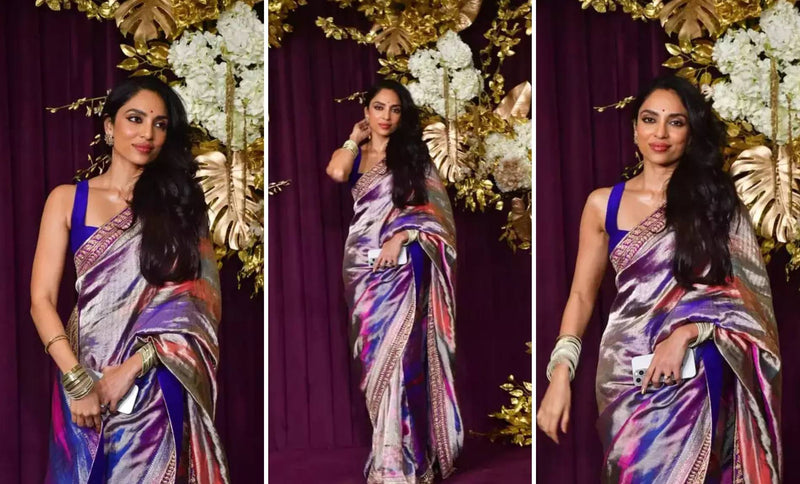
For those who prefer understated grace, the Mysore silk saree is a celebration of simplicity and sophistication. Smooth, lightweight, and radiant, these sarees come in solid hues with delicate zari borders, exuding effortless charm. They are perfect for morning rituals or intimate family gatherings, offering comfort and refinement in equal measure.
From the western land of Gujarat comes the Patola silk saree — a marvel of precision known for its double Ikat weaving. Both the warp and weft threads are resist-dyed before weaving, creating intricate geometric and floral patterns that appear identical on both sides. Wearing a Patola on Deepavali is more than a fashion statement — it’s a tribute to India’s centuries-old artistry and the skill of its master weavers.
Each silk saree, no matter its origin, carries within its folds the spirit of celebration and the grace of tradition. Draping silk during Deepavali is not merely about adorning oneself; it’s a ritual of joy, prosperity, and cultural pride. As diyas flicker and laughter fills the air, every silk saree becomes more than attire — it becomes part of the celebration itself, weaving together the threads of elegance, heritage, and festive radiance.
So, this Deepavali, let your saree do the storytelling — a tale of timeless craftsmanship, luminous silk, and the glow of tradition that never fades.

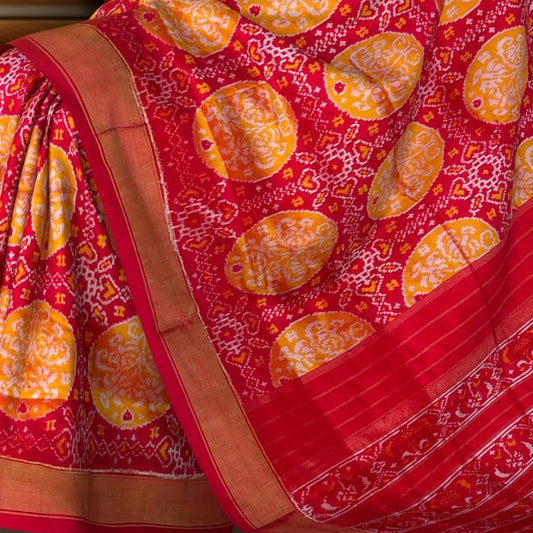
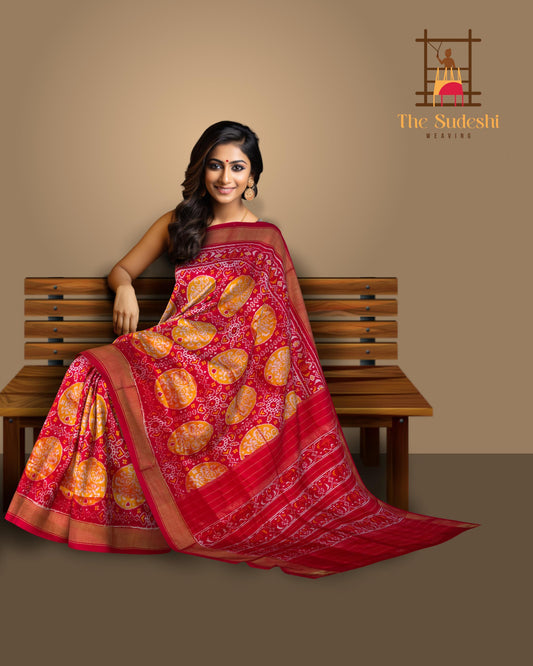
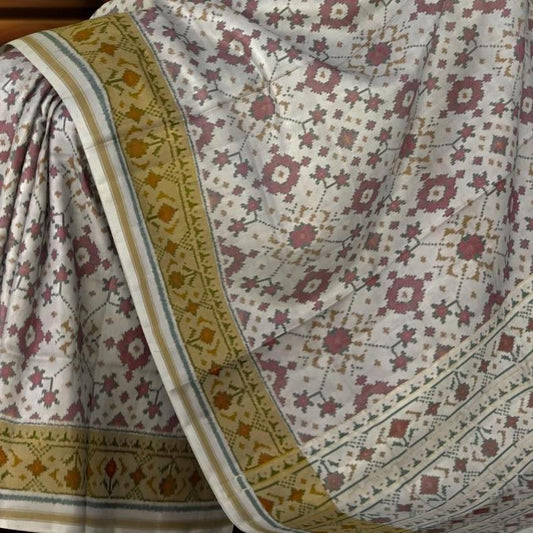
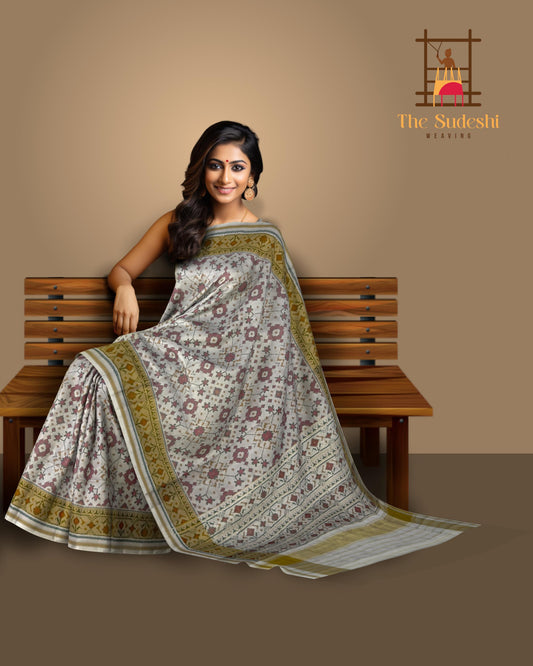
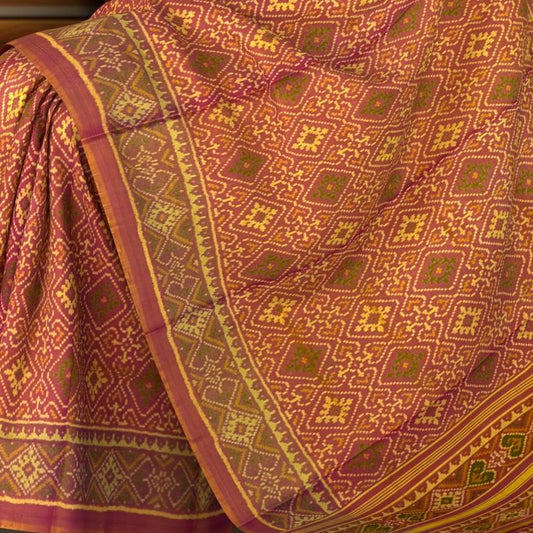
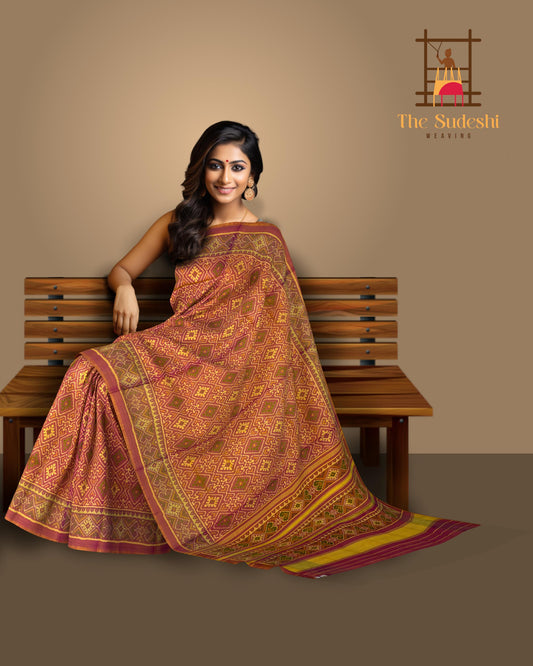
Leave a comment
Please note, comments need to be approved before they are published.